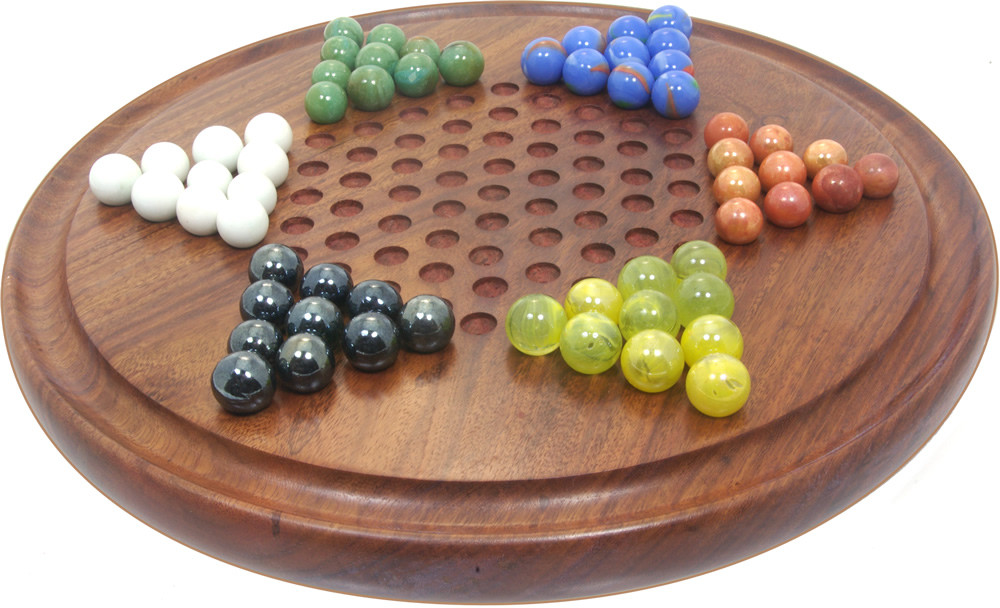

In most non-English languages (except those that acquired the game from English speakers), checkers is called dame, dames, damas, or a similar term that refers to ladies. Because jumped pieces remain on the board until the turn is complete, it is possible to reach a position in a multi-jump move where the flying king is blocked from capturing further by a piece already jumped.įlying kings are not used in American checkers a king's only advantage over a man is the additional ability to move and capture backwards. They may capture an opposing man any distance away by jumping to any of the unoccupied squares immediately beyond it. In international draughts, kings (also called flying kings) move any distance along unblocked diagonals. Like a man, a king can make successive jumps in a single turn, provided that each jump captures an enemy piece. The king has additional powers, including the ability to move backwards and, in variants where men cannot already do so, capture backwards. It is marked by placing an additional piece on top of, or crowning, the first man. When a man reaches the farthest row forward, known as the kings row or crown head, it becomes a king. In American checkers, men can jump only forwards in international draughts and Russian draughts, men can jump both forwards and backwards.Ī game in international draughts (10×10 board), featuring a flying king (the move "Les Blancs prennent 6 pions.")

Multiple enemy pieces can be captured in a single turn provided this is done by successive jumps made by a single piece the jumps do not need to be in the same line and may "zigzag" (change diagonal direction). In almost all variants, the player without pieces remaining, or who cannot move due to being blocked, loses the game.Īn uncrowned piece ( man) moves one step diagonally forwards and captures an adjacent opponent's piece by jumping over it and landing on the next square. If the player does not capture, the other player can remove the opponent's piece as a penalty (or muffin), and where there are two or more such positions the player forfeits pieces that cannot be moved (although some rule variations make capturing optional). When capturing an opponent's piece is possible, capturing is mandatory in most official rules. A piece can only move diagonally into an unoccupied square. Only the dark squares of the checkerboard are used. If the adjacent square contains an opponent's piece, and the square immediately beyond it is vacant, the piece may be captured (and removed from the game) by jumping over it. A move consists of moving a piece diagonally to an adjacent unoccupied square. A player cannot move an opponent's pieces. One player has dark pieces (usually black) the other has light pieces (usually white or red).

The term "checkers" derives from the checkered board which the game is played on, whereas "draughts" derives from the verb "to draw" or "to move". Starting position for American checkers on an 8×8 checkerboardĬasual games usually last 10 to 30 minutes tournament games last anywhere from about 60 minutes to 3 hours or more.Ĭheckers ( American English), also known as draughts ( / d r ɑː f t s, d r æ f t s/ British English), is a group of strategy board games for two players which involve diagonal moves of uniform game pieces and mandatory captures by jumping over opponent pieces.


 0 kommentar(er)
0 kommentar(er)
